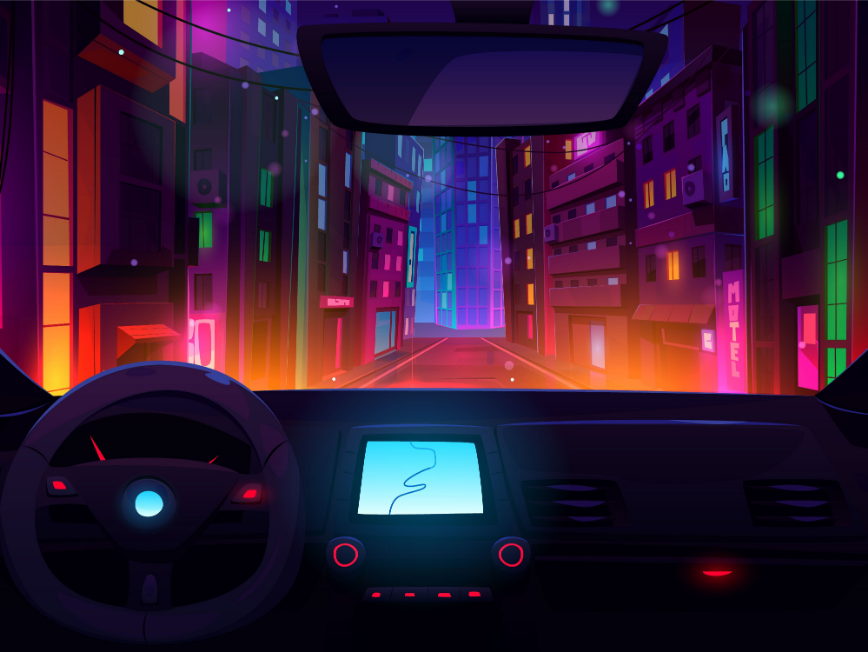- The rise of autonomous vehicles in urban transport
- Regulatory hurdles and technological advancements shaping robotaxi deployment
Can we imagine a world where hailing a cab means summoning a driverless vehicle? This futuristic vision is quickly becoming a reality as major companies pour resources into developing robotaxi technology. But is the idea of a robotaxi truly feasible?
1. The current state of robotaxi technology
The development of robotaxi technology has made significant strides in recent years. Companies like Waymo, Cruise, and Baidu are leading the charge with advanced autonomous driving systems. Waymo, a subsidiary of Alphabet, has been testing its self-driving taxis in Phoenix, Arizona, since 2018. Similarly, Cruise, backed by General Motors, has been conducting trials in San Francisco. Baidu’s Apollo Go service is already operational in several Chinese cities, including Beijing and Guangzhou.
2. Challenges in robotaxi deployment
Despite these advancements, there are substantial hurdles to overcome before robotaxis become commonplace. Regulatory approval is a major barrier. Different countries and even states within the US have varied regulations regarding autonomous vehicles. In the European Union, stringent safety and data protection laws pose additional challenges. Moreover, technological issues such as navigating complex urban environments, ensuring passenger safety, and handling unpredictable human behaviour remain significant obstacles.
3. Economic and social implications
The introduction of robotaxis could have profound economic and social implications. On one hand, they promise to reduce transportation costs and improve accessibility, especially for those who cannot drive. On the other hand, there are concerns about job displacement for millions of taxi and ride-share drivers. Additionally, the transition to robotaxis could exacerbate existing inequalities if access to this technology is not evenly distributed.
4. Environmental impact
Robotaxis have the potential to significantly reduce carbon emissions if they are electric and optimised for efficiency. Companies are investing in electric vehicle (EV) technology, which aligns with global efforts to combat climate change. For instance, Waymo’s partnership with Jaguar Land Rover aims to create an all-electric fleet of robotaxis. However, the environmental benefits will depend on the source of electricity used to power these vehicles and the efficiency of their operational models.
Also read: RADAR technology: Shaping the future of autonomous vehicles
Also read: Tesla approved for autonomous driving tests in Shanghai
Further intriguing insights
One interesting aspect of robotaxi development is the race between tech giants and traditional automakers. Tesla’s CEO, Elon Musk, has repeatedly claimed that Tesla will have a fully autonomous robotaxi network by the end of the decade. While Tesla’s Autopilot and Full Self-Driving (FSD) features are impressive, they have faced criticism and regulatory scrutiny over safety concerns. In contrast, traditional automakers like General Motors and Ford are adopting a more cautious approach, focusing on extensive testing and collaboration with regulatory bodies.
Moreover, robotaxis could revolutionise urban planning. With fewer private cars on the road, cities could repurpose parking spaces for green areas and pedestrian zones, enhancing the quality of urban life. However, this vision requires a paradigm shift in how we think about transportation and urban infrastructure.
A vision of the future
As we stand on the brink of a transportation revolution, the possibility of robotaxis paints an exciting yet complex picture. The potential benefits are immense, from reduced transportation costs and environmental impact to increased accessibility and urban revitalisation. Yet, the challenges are equally significant, encompassing regulatory hurdles, technological advancements, and socio-economic implications.
While the path to widespread robotaxi adoption is fraught with challenges, the dream of a seamless, autonomous transportation system continues to drive innovation and investment. The journey towards this future is as much about overcoming obstacles as it is about embracing new possibilities. As we navigate this transformative era, the question remains: are we ready for a world where robots take the wheel?
The prospect of robotaxis evokes a mix of excitement and apprehension. It’s thrilling to envision a future where we no longer need to worry about driving, where our cities are cleaner and more efficient. However, it’s also a reminder of the complexities and inequalities that technological advancements can bring. As we look forward to this brave new world, it’s crucial to ensure that the benefits of robotaxis are accessible to all and that we address the societal impacts thoughtfully and inclusively.

